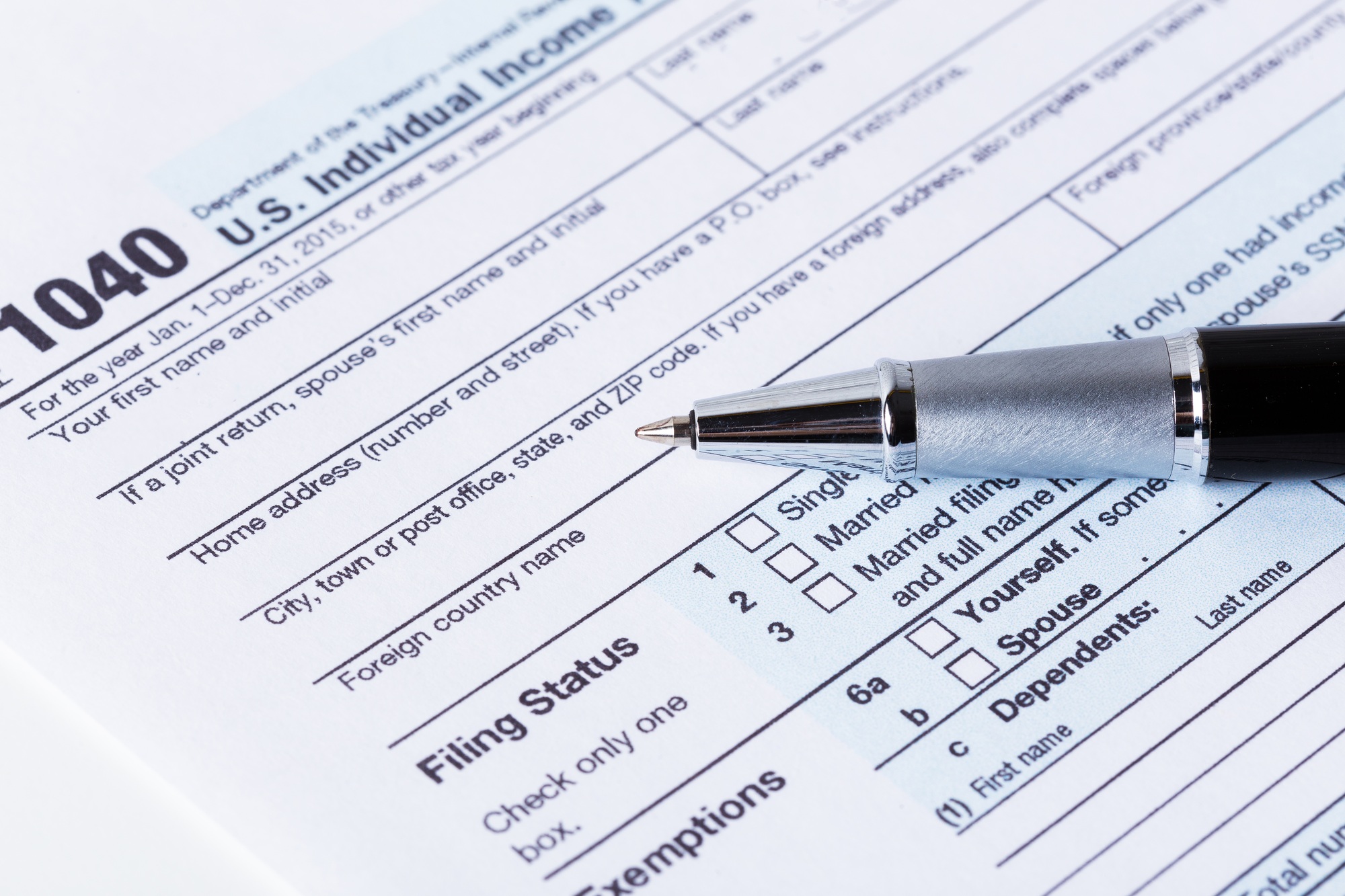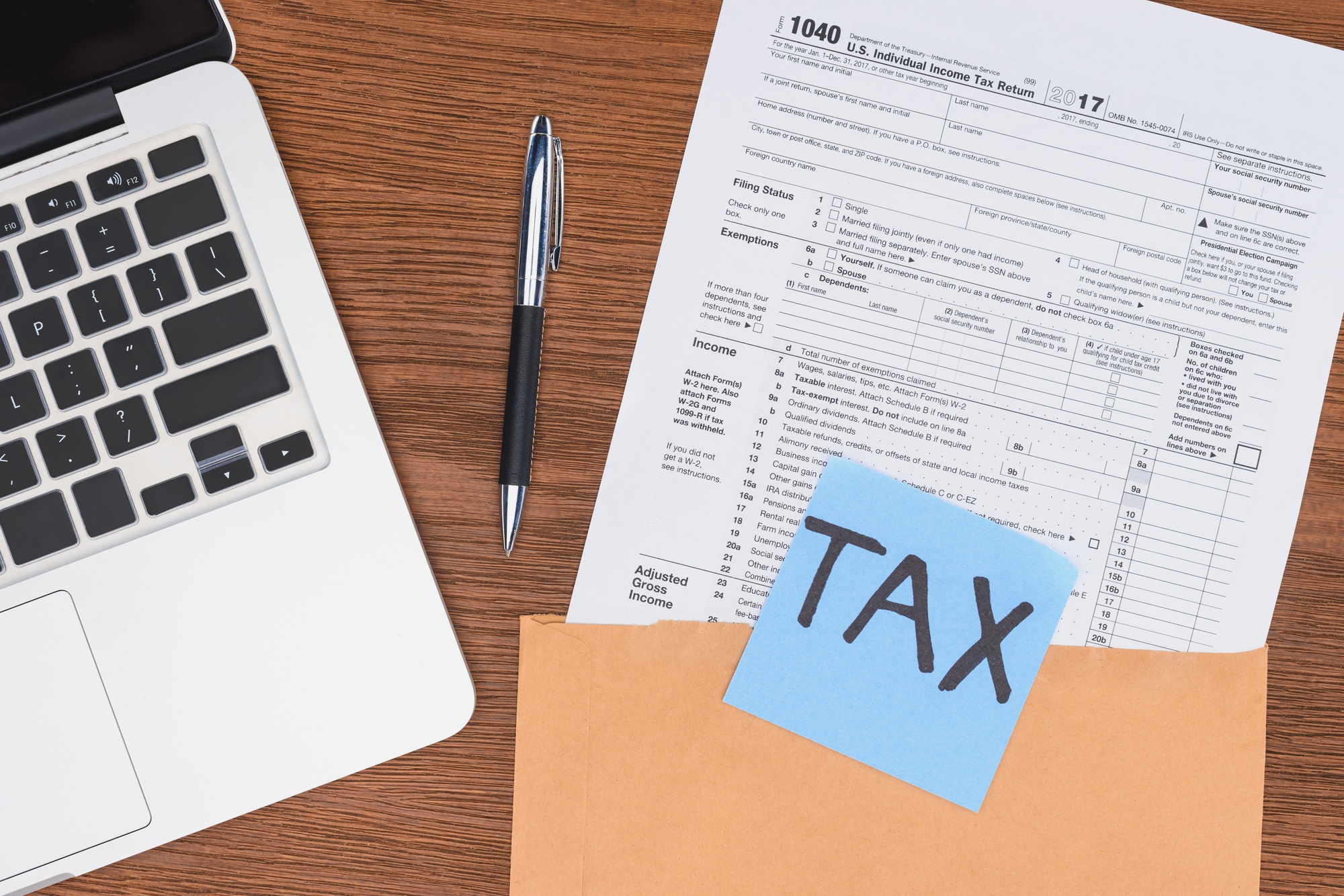Key Takeaways

- Understanding the W-4 Form: The W-4 tax form is essential for employees, indicating how much federal income tax your employer should withhold from your paycheck to avoid large bills or refunds during tax season.
- Importance for Small Businesses: Small business owners must grasp the implications of the W-4 for payroll processes, ensuring accurate withholding to meet tax obligations and prevent penalties.
- Updating Information: Regularly update your W-4 when significant life changes occur, such as marriage, having children, or changes in income, to align withholding with current tax liabilities.
- Avoid Common Mistakes: Accurate personal information, correct filing status, and timely updates are crucial. Missteps can lead to penalties and unexpected tax bills.
- Utilize Additional Withholding: For those anticipating higher tax liabilities, specifying extra withholding on the W-4 provides better control over tax obligations.
- Communication is Key: Ensure employees understand the importance of submitting updated W-4 forms to maintain compliance and facilitate smoother payroll operations.
Navigating the world of taxes can feel overwhelming, especially when it comes to understanding forms like the W-4. This crucial document helps determine how much federal income tax your employer should withhold from your paycheck. Getting it right means you could avoid a hefty tax bill come April or even receive a nice refund.
What Is a W4 Tax Form?

A W-4 tax form is an Internal Revenue Service (IRS) document that employees complete to indicate their tax withholding preferences. By submitting this form to your employer, you specify the amount of federal income tax withheld from your paychecks. Accurate completion of the W-4 helps you avoid a large tax bill during tax season while optimizing potential refunds.
For small business owners, understanding the W-4 form is crucial. It affects not only your employees but also your payroll process. Each employee’s withholding determines the tax obligations your business must accommodate. You can adjust the number of allowances and deductions based on changes in personal financial situations, such as marriage or additional dependents, ensuring that withholding aligns with each employee’s tax liability.
Additionally, maintaining accurate W-4 forms for your employees supports compliance with IRS regulations. Inaccurate withholding may lead to penalties for your business. Consider this form an essential tool in managing your payroll and tax strategy efficiently.
Purpose of the W4 Tax Form

The W-4 form serves essential functions in accurately managing federal income tax withholding for employees. It’s crucial for small businesses to understand its purposes to avoid potential tax issues.
Determining Withholding Amount
The W-4 form informs your employer about the amount of federal income tax to withhold from your paycheck. You indicate your marital status, number of dependents, and other relevant factors. This information directly affects your take-home pay, ensuring you neither overpay nor underpay your taxes. Completing the form accurately helps in preventing large tax bills and can assist small businesses in maintaining proper payroll management.
Aligning Tax Obligations
Filling out a new W-4 when your tax situation changes ensures that your withholding aligns with your current tax obligations. Events like getting married, having a child, or starting a side business can affect your financial situation. Updated W-4 forms help avoid penalties for your business due to inaccurate tax withholding, contributing to better financial planning and stability. This alignment is especially important for small businesses, as it fosters a reliable payroll system and keeps tax responsibilities in check.
How to Fill Out a W4 Tax Form

Completing a W-4 form requires attention to detail. This process directly impacts how much federal income tax gets withheld from employee paychecks, essential for both employees and small businesses.
Personal Information Section
Fill out the personal information section accurately. Provide your name, address, Social Security number, and filing status. This section is mandatory. Incorrect information may lead to tax issues and penalties for your small business. Always double-check this data to ensure compliance.
Allowances and Exemptions
You claimed withholding allowances on the pre-2020 W-4 form. Each allowance reduced the tax amount withheld from your paycheck. Although the allowances are no longer part of the new W-4, understanding this concept remains important. If you anticipate significant financial changes, like starting a side business or adding dependents, consider adjusting your withholding preferences accordingly. Monitoring your allowances helps prevent unexpected tax liabilities.
Additional Withholding
If you expect a higher tax liability based on your income or other financial factors, include additional withholding amounts. Specify an extra dollar amount on line 4(c) of the W-4 form. This approach gives you greater control over your tax situation. For small businesses, advising employees about this option promotes financial awareness, helping them manage their tax obligations effectively.
Common Mistakes to Avoid

Completing the W-4 tax form accurately is crucial for both employees and small business owners. Here are common mistakes to avoid when filling out the form:
- Ignoring Personal Information: Ensure you provide accurate name, address, and Social Security number. Misentries here can lead to complications and potential penalties for your small business.
- Misunderstanding Filing Status: Select the correct filing status—Single, Married filing jointly, or Head of household. Mistakes in this area can result in incorrect withholding amounts, affecting take-home pay.
- Failing to Update Information: Update the W-4 form when personal circumstances change, such as marriage or having children. Not doing so can lead to under- or over-withholding.
- Miscalculating Allowances: While the new W-4 doesn’t use allowances, consider how your financial situation impacts withholding. Miscalculation can result in unexpected tax bills or lower take-home pay.
- Neglecting Extra Withholding: If your income fluctuates or you anticipate a higher tax liability, specify an extra withholding amount. This preemptive step helps you avoid owing taxes at year-end.
- Not Communicating Changes: Communicate with your employees about the importance of submitting updated W-4 forms. Knowledge of tax changes ensures everyone remains compliant and informed.
By avoiding these mistakes, you enhance compliance and avoid penalties, contributing to smoother payroll operations in your small business.
When to Update Your W4

Updating your W-4 form occurs under several specific circumstances. These situations typically arise from changes in your personal or financial life that can impact your tax situation.
- Marriage or Divorce: If you marry or divorce, updating your W-4 adjusts your marital status. This change directly influences the amount of federal tax withheld from your paycheck.
- Having Children: Adding a dependent through birth or adoption requires updating your W-4 to reflect new allowances. More allowances reduce the amount withheld, aligning your withholding with your tax liability.
- Changes in Income: If you start a side business or receive a significant raise, consider updating your W-4. Increased income could lead to a higher tax liability, necessitating adjustments to ensure adequate withholding.
- Loans or Financial Aid: If you take out loans or apply for financial aid, updating your W-4 can help manage your tax obligations as repayment and income levels change.
- Other Life Changes: Any significant life events, such as a family member relying on you financially or changes in your tax credits, should prompt a review of your W-4 to reflect your current situation accurately.
Regularly reviewing and updating your W-4 ensures you avoid tax surprises. Maintaining accurate withholding also protects your small business from potential penalties stemming from miscalculated payroll taxes. Stay proactive to promote compliance and assure smooth financial operations.
Conclusion

Understanding the W-4 tax form is essential for managing your tax obligations effectively. By accurately completing this form you can ensure the right amount of federal income tax is withheld from your paycheck. This not only helps you avoid unexpected tax bills but also allows for better financial planning.
Regularly reviewing and updating your W-4 in response to life changes keeps your withholding aligned with your current situation. For small business owners maintaining accurate W-4 forms is crucial for compliance and smooth payroll operations. By taking these steps you can navigate your tax responsibilities with confidence and avoid potential penalties.
Frequently Asked Questions

What is the purpose of the W-4 form?
The W-4 form is used to inform employers of an employee’s tax withholding preferences. It helps determine how much federal income tax is deducted from each paycheck, aiming to align it with the employee’s actual tax liability.
When should I update my W-4 form?
You should update your W-4 after significant life events like marriage, divorce, having a child, or changes in income. Regularly reviewing it ensures that your tax withholding matches your current financial situation.
How can inaccuracies on the W-4 affect me?
Inaccurate information on the W-4 can lead to improper tax withholding, resulting in a large tax bill or penalties. It’s crucial to provide correct personal details to avoid such issues.
Who is affected by the W-4 form?
Both employees and small business owners are affected by the W-4 form. Employees need it for accurate tax withholding, while business owners must understand it for payroll processes and compliance with IRS regulations.
Can I change the amount withheld on my W-4?
Yes, employees can specify extra withholding amounts on their W-4 if they anticipate a higher tax liability. This gives them more control over their tax situation and helps avoid surprises during tax season.
What common mistakes should I avoid with my W-4?
Common mistakes include ignoring personal information, miscalculating allowances, neglecting to update for life changes, and failing to communicate changes. Avoiding these errors helps maintain compliance and smooth payroll operations.
Do I need to fill out a new W-4 every year?
No, you are not required to fill out a new W-4 every year. However, it’s advisable to review and update it when your financial situation or personal circumstances change to ensure accurate withholding.
How does the W-4 differ from previous versions?
The current W-4 form does not allow for withholding allowances like previous versions. Instead, it focuses on personal financial details to guide withholding calculations for greater accuracy in tax deductions.
Image Via Envato: LightFieldStudios, FabrikaPhoto, stokkete, Dimaberlin, demopicture, RossHelen, Garakta-Studio, seventyfourimages



